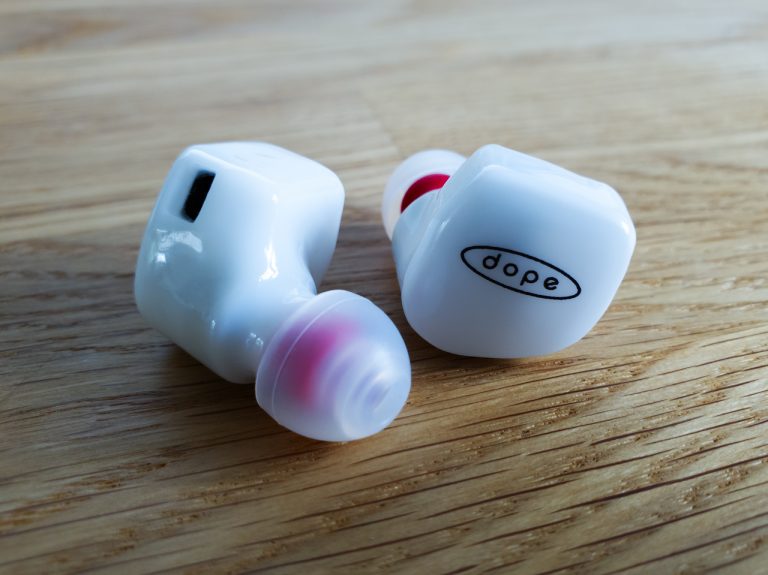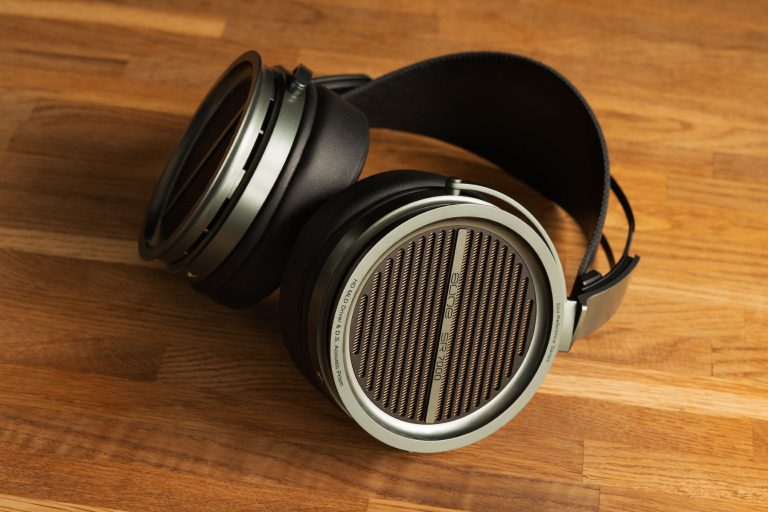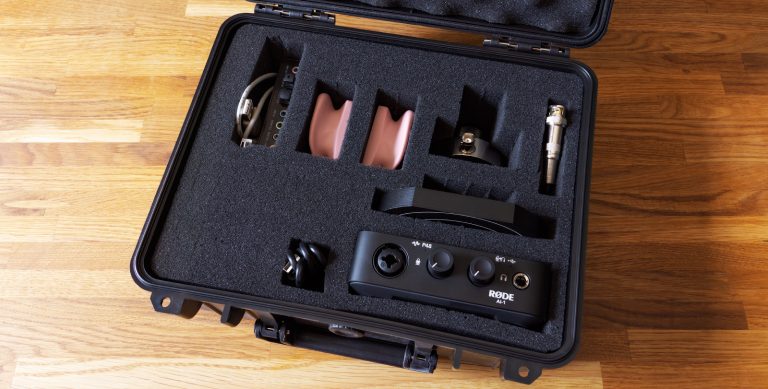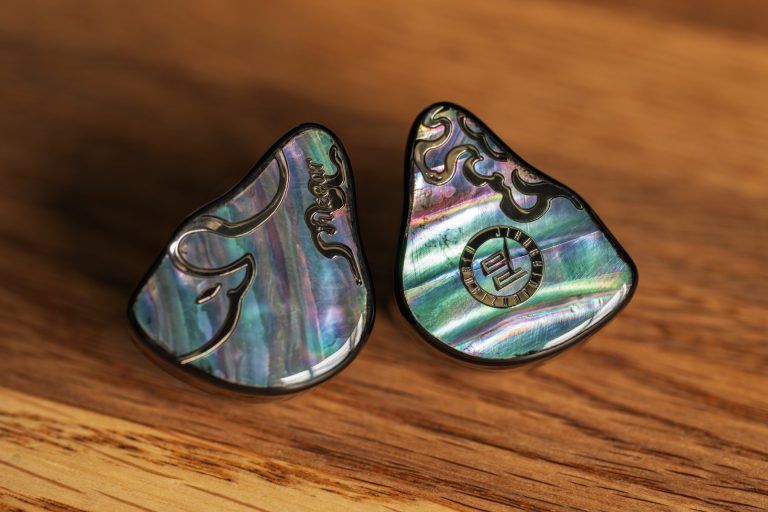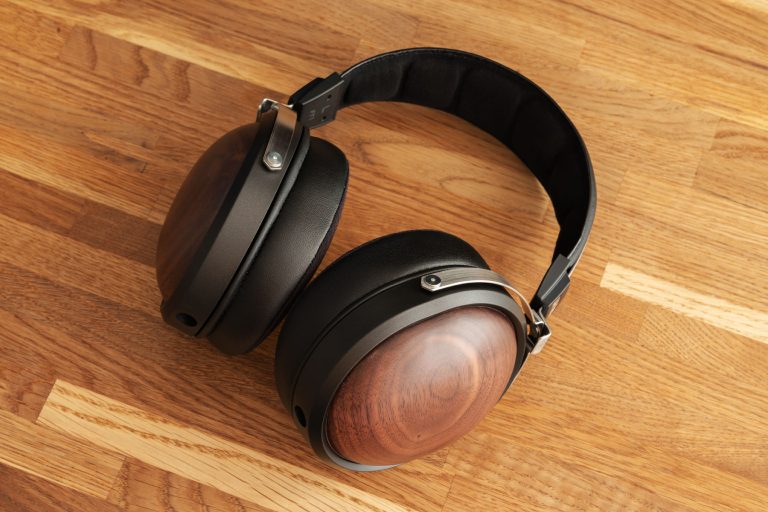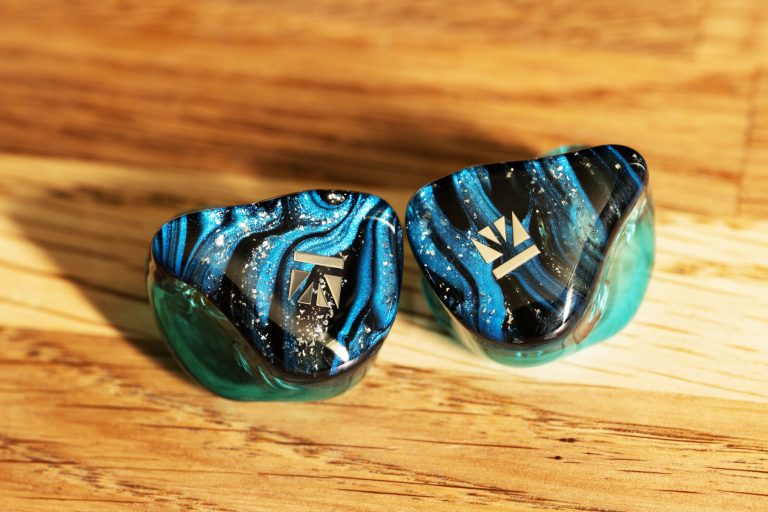Soratune YI01 Earphones Review
I saw Soratune YI01 earphones on AliExpress by chance, and, prompted by the desire to try something unusual, I impulsively bought them for $73. Therefore, today we’ll talk about what kind of earphones they are, whether it’s worth paying attention to them, etc.
Looking ahead, it’s worth it.
All but the sound
Rumor has it that Soratune is a sub-brand of Kinera. I couldn’t find any evidence of this statement, but I found a clear inscription on the box, ‘Manufacturer: DONGGUAN SHUOER ACOUSTIC COMPANY LTD.’ — Letshuoer, Aoshida and many other earphones come into the world at the same place of production.
Anyway, the manufacturer put the following stuff in the box:
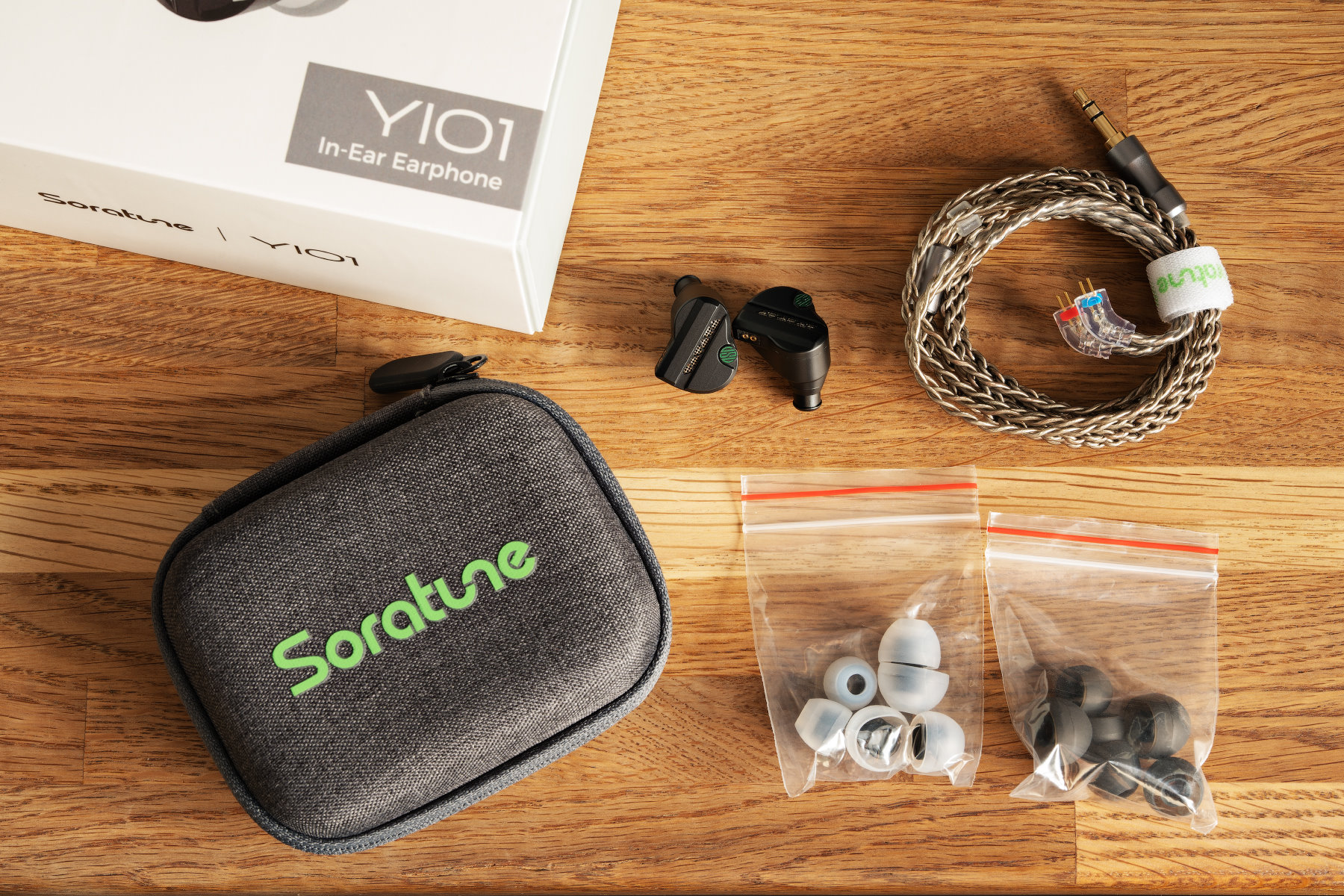
- the earphones themselves;
- the cable;
- the case;
- 2 sets of eartips.
Pickings are slim, but all the needed things are present.
YI01 enclosures are made of metal, but they don’t weigh so much like Sivga Que do, for instance. The manufacturer says that the design is inspired by the aesthetics of Italian grand pianos. Let’s remain this judgment on the conscience of the manufacturer and agree that the appearance of the earphones is certainly recognizable. An interesting feature is that the enclosures are practically unstainable. They are not covered with fingerprints when used.
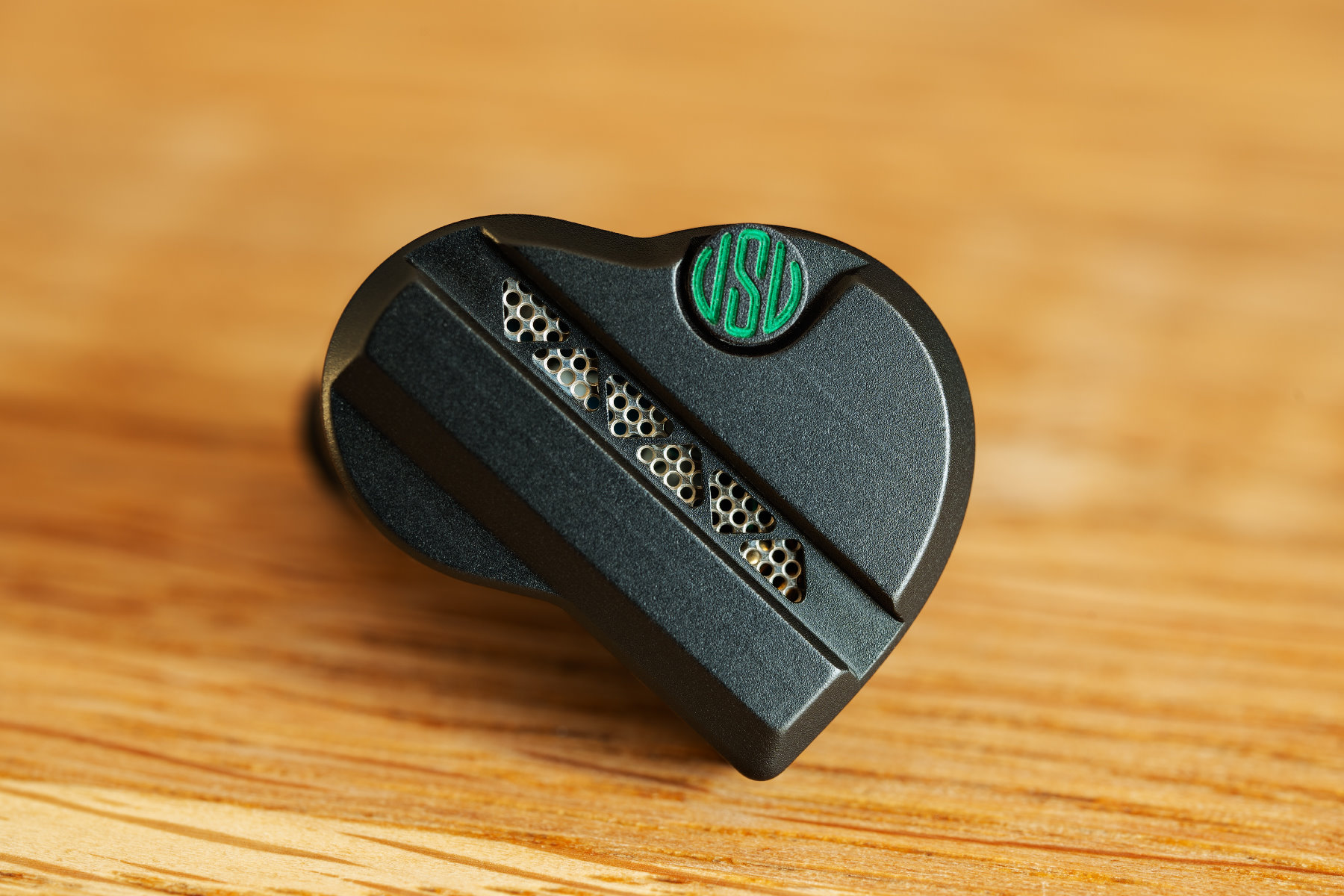
The enclosures are medium-sized and have angular shapes, which, as shown by actual use, doesn’t create any problems with a normal fit when the edge of the enclosure just slightly touches the auricle.
The pads for 2-pin connectors are not recessed into the enclosures, so any cable will do.
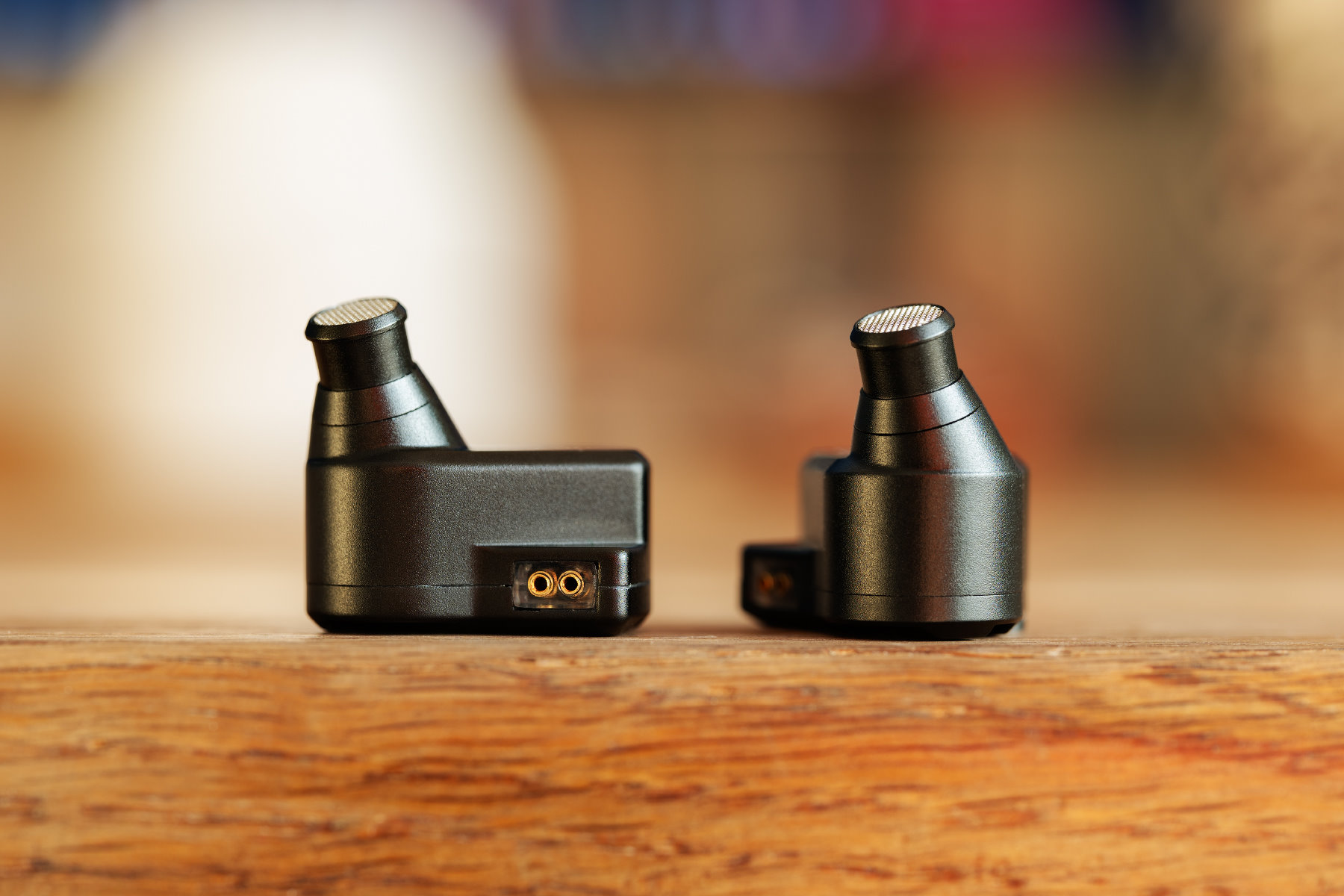
The meshes are non-replaceable, neatly made.
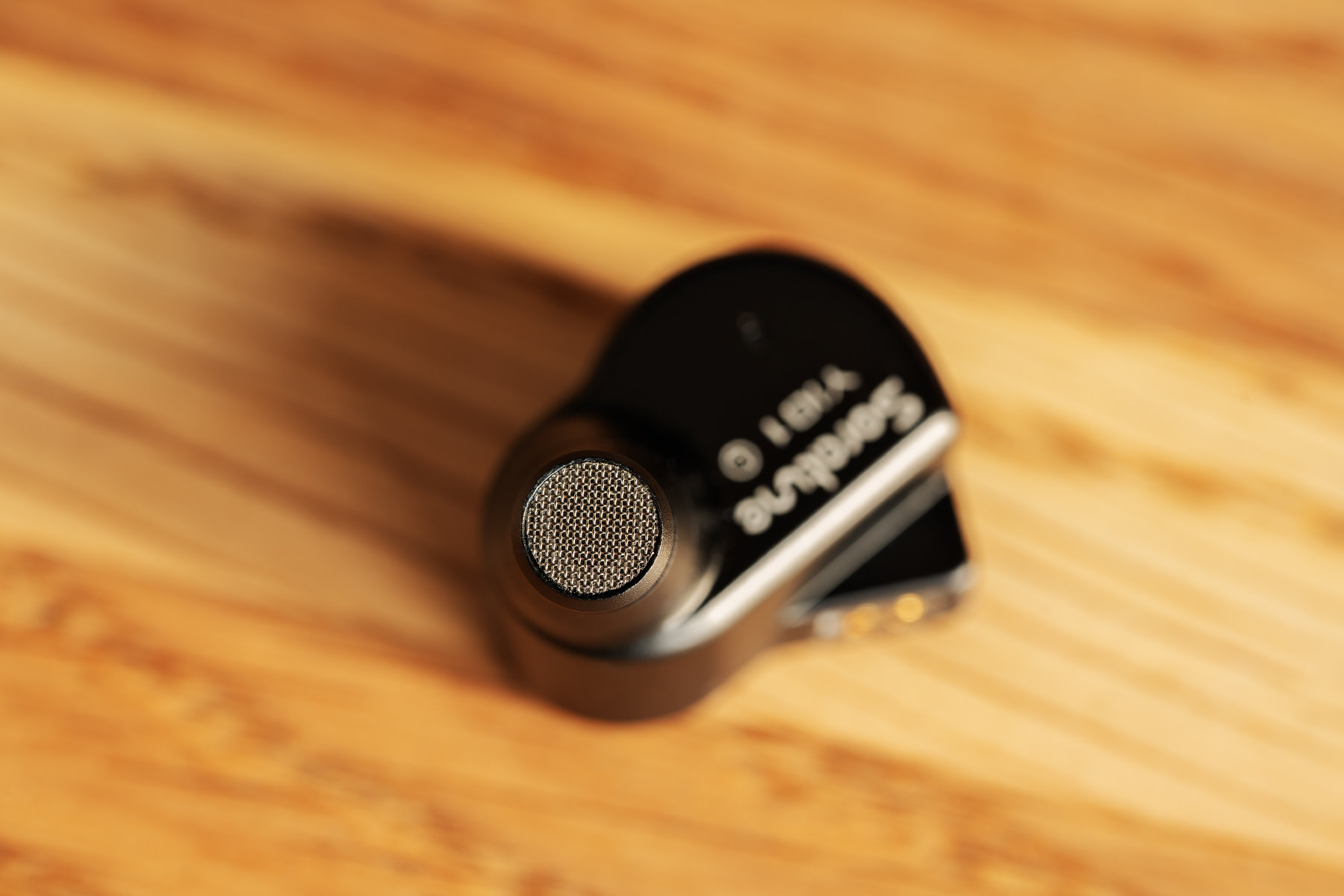
The cable is a bit flimsy and scrawny, I’d say. On the bright side, L and R are brightly marked, hence well distinguished.
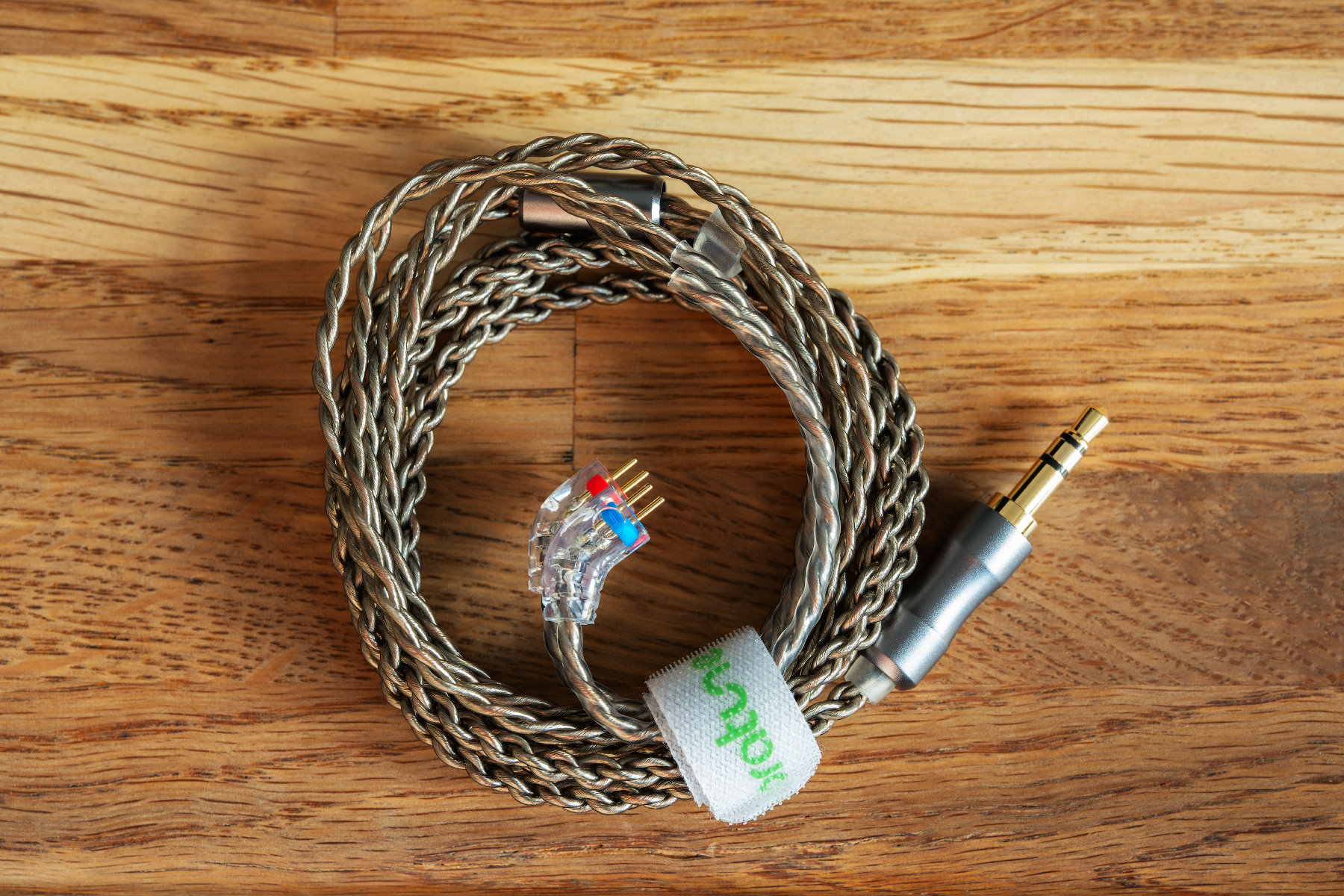
The sets of eartips provided differ in color and probably shape, but inappreciably. Their measurements are just the same.
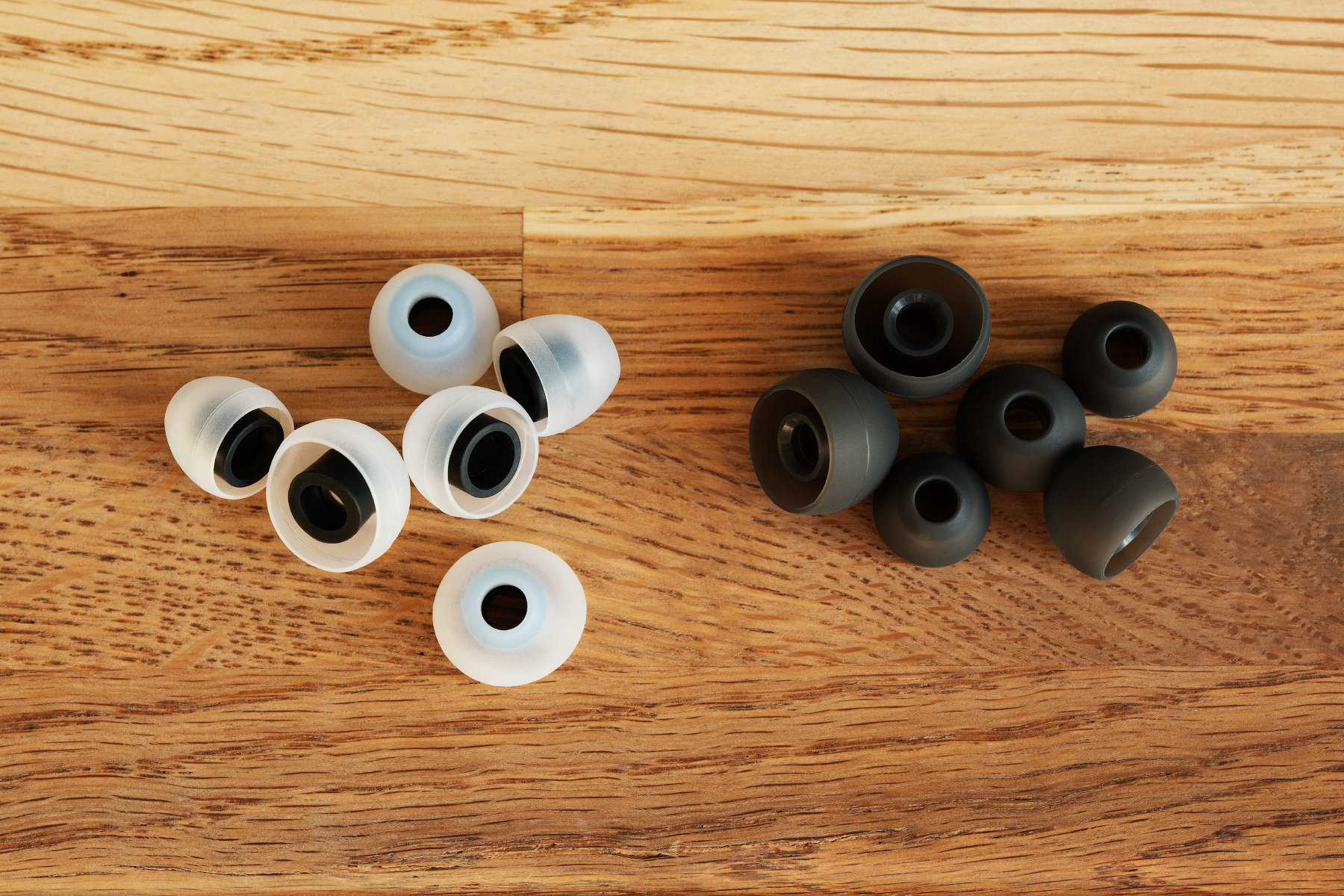
The sound ducts have chamfers. All kinds of Tangzu Tang Sancai, TRI Clarion and DIVINUS Velvet fit and hold perfectly. For me, TRI Clarion turned out to be the most convenient.
The sound
Frequency response of Soratune YI01:
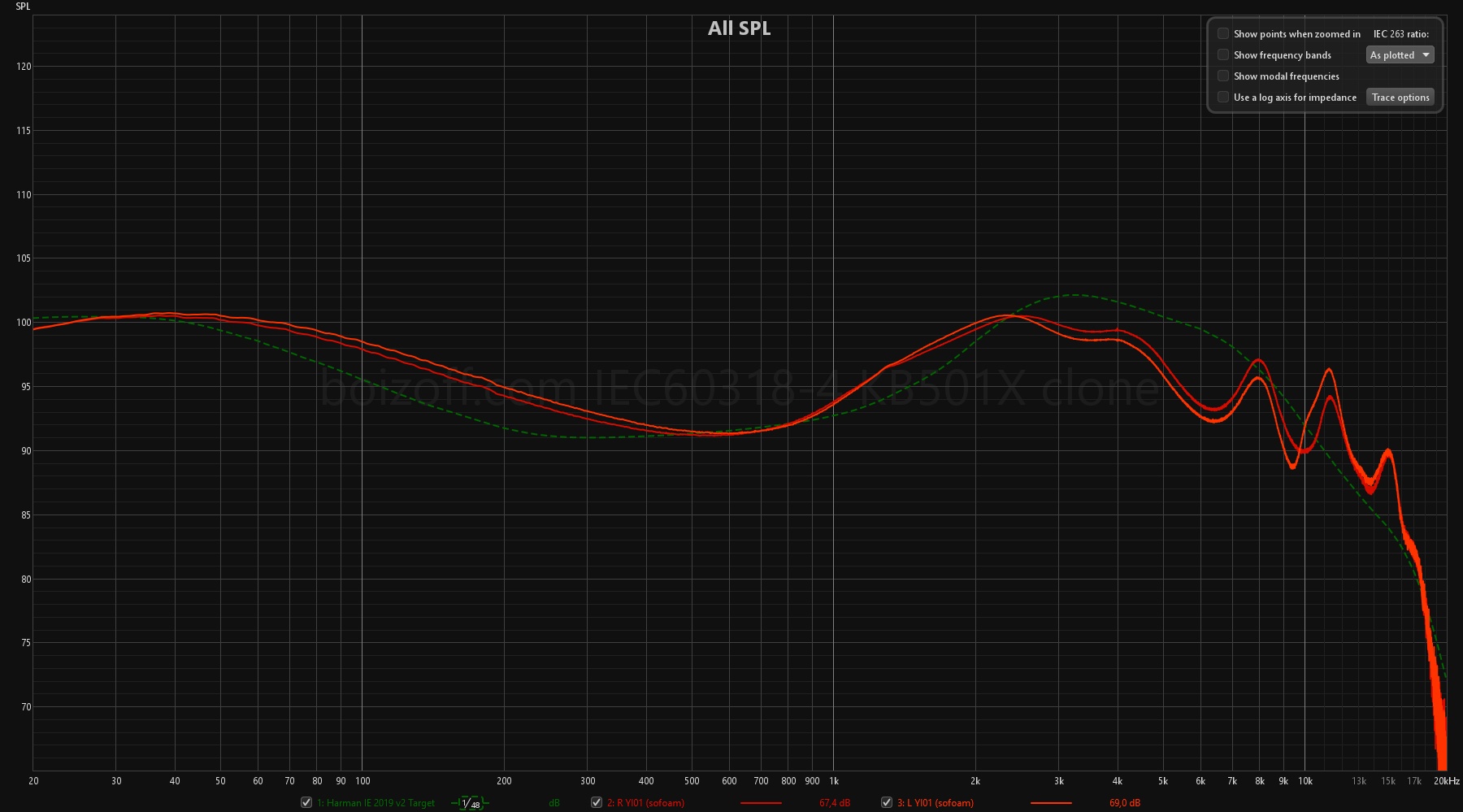
We can see an addition of 3 dB on the bass, a middle expanded by 2 dB, as well as a smooth but reduced ‘top’. The frequency response doesn’t have sharp dips or peaks, and deviations from the Harman curve look conscious and repeat its shape.
The YI01 sound turned out to be interesting: for my ears, these are frankly basshead earphones with an emphasized middle and a full-fledged top. And believe me, this is a rare combination: manufacturers are usually guided by a different paradigm, like “if you heap up a lot of the bottom, no one cares what’s at the top”. But Soratune does care. Therefore, YI01 sound exceptionally pleasant, at the level of the best representatives of this price category, but with one caveat: they hit the ears with a sledgehammer, especially at high volume – which is exactly how I usually listen to music in earphones. And they hit fast, sharp, and very hard. It’s hard for me to endure such sound delivery, and I get a headache after an hour of such listening. However, conceptually, this is a very clear and technical sound, which is definitely in demand by a certain category of users who find Harman sound delivery anemic and shrilly.
Well done, indeed. This is the first time I’ve come across such basshead to neutral sound delivery.
Since YI01 play the range from 8 kHz and above to the utmost, we can talk about both a fairly wide sound stage and a good positioning of the instruments on the virtual sound stage.
Nonlinear distortion at 94 dB with the ‘Use harmonic frequency as ref’ option turned off and on:
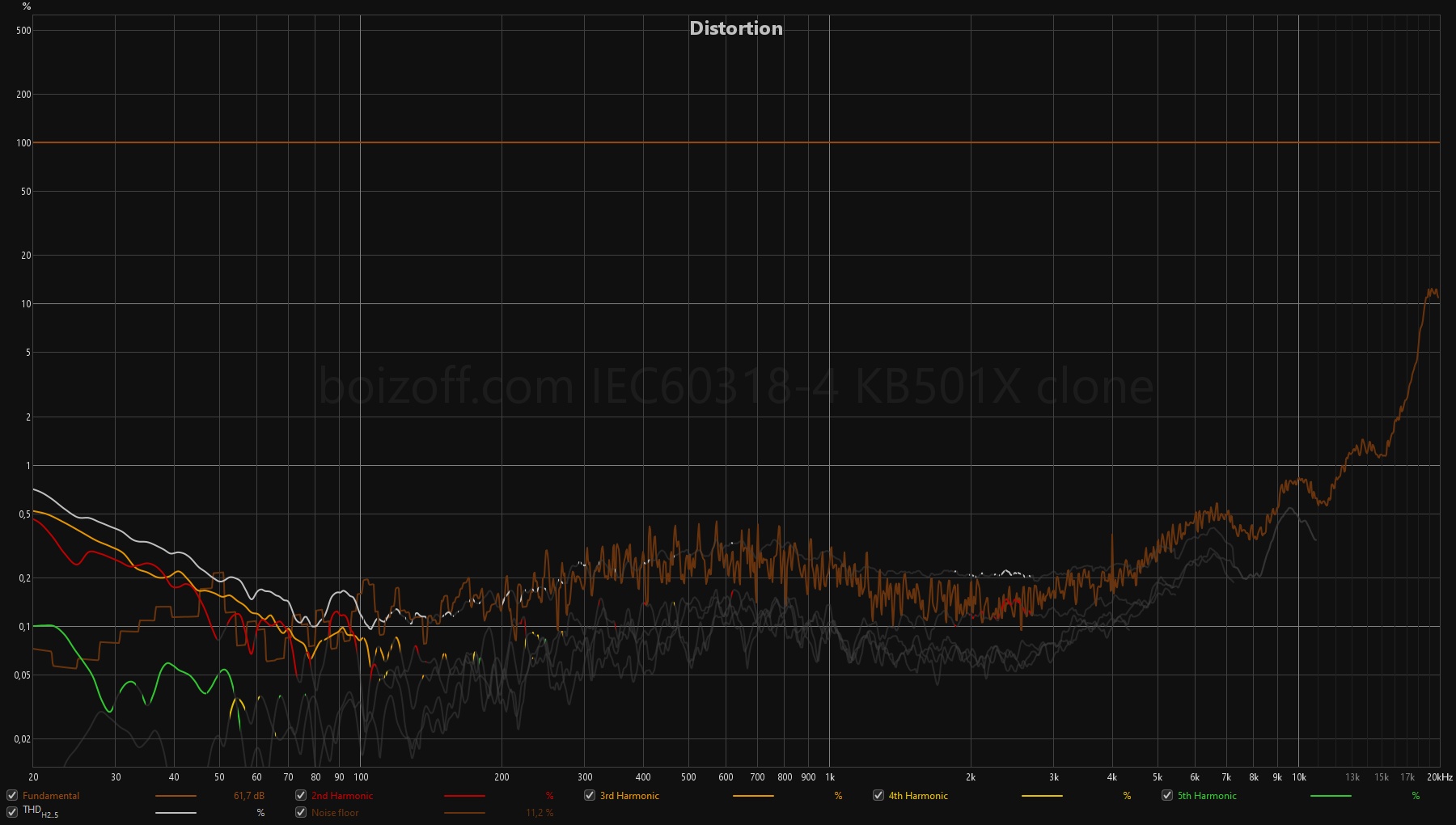

Phase response:
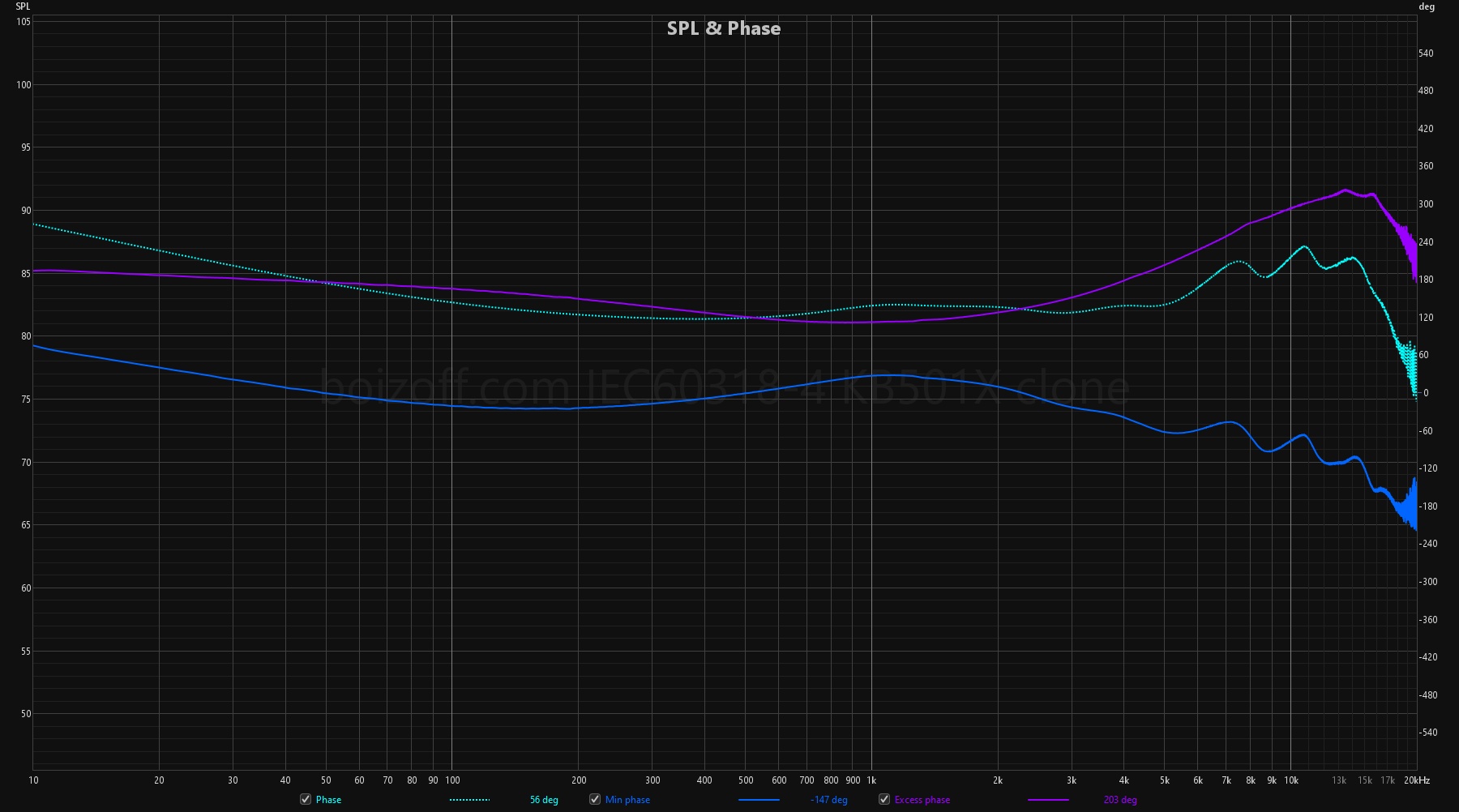
Group-delay:
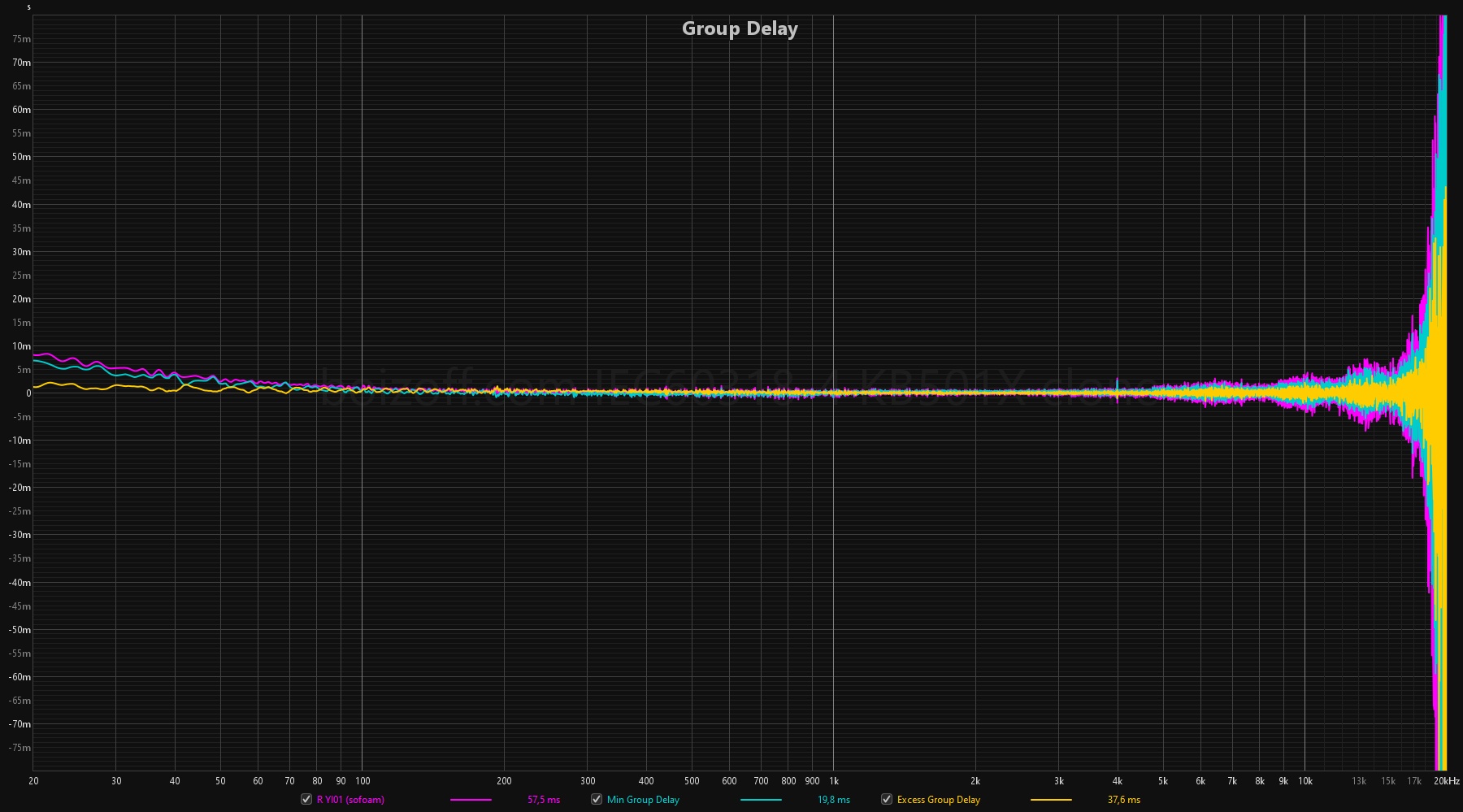
Spectrogram:
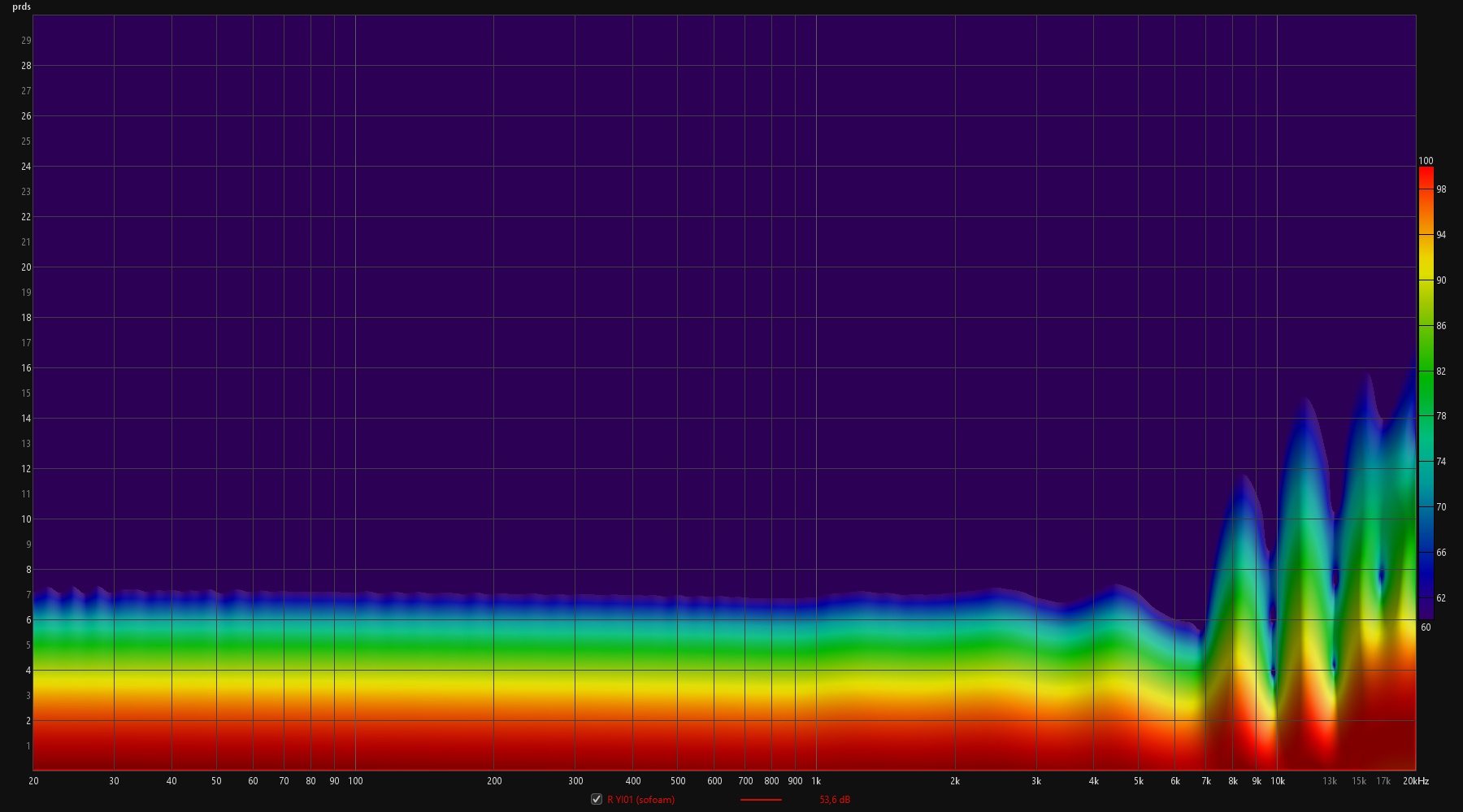
In other words, there’s just technically nothing to find fault with.
Comparisons
Following the well-known rating, let’s make a comparison with models that are similar in price, but not only with them.
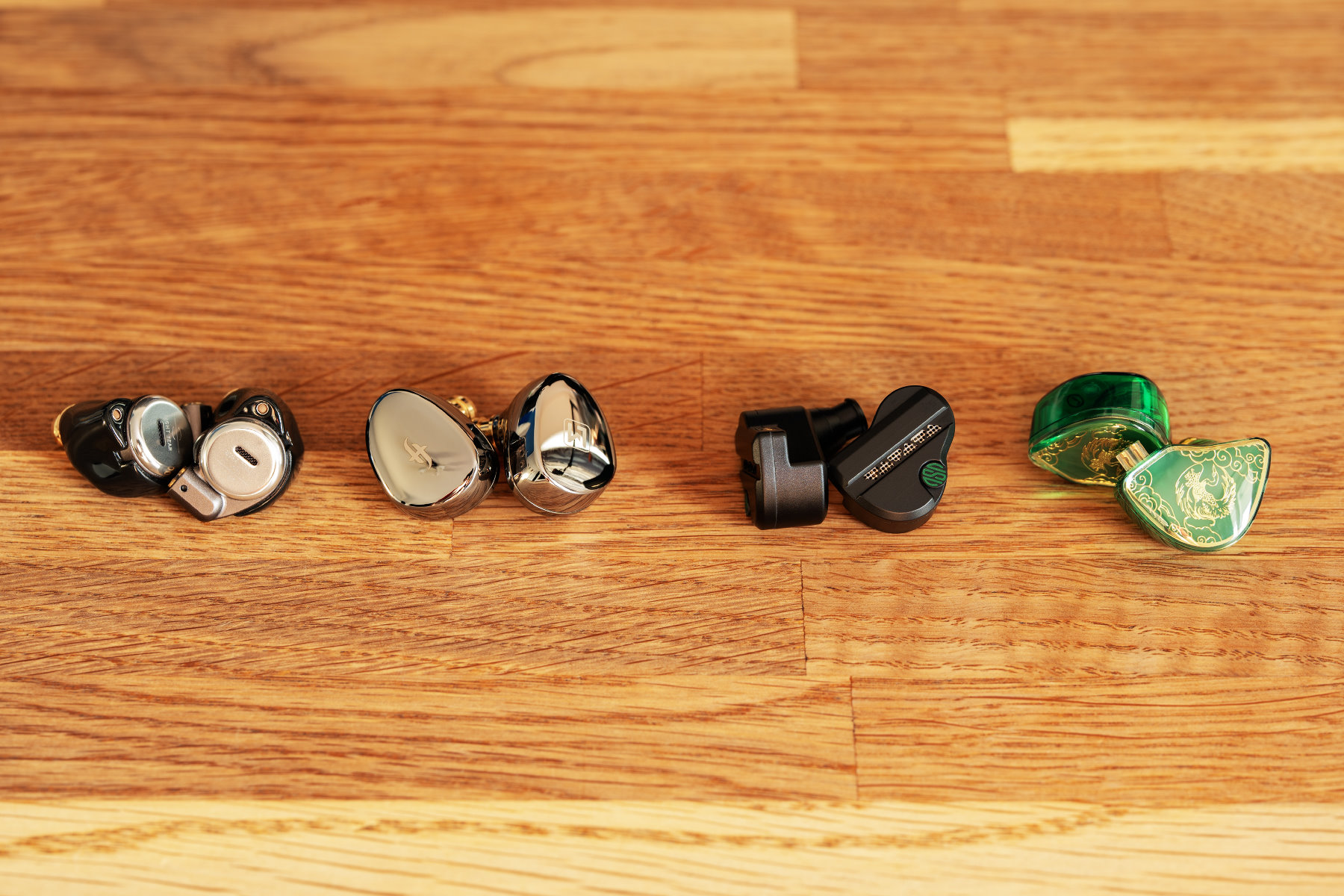
Compared to Simgot EA500LM:

Every time I feel stupid commenting on the obvious pictures, but still EA500LM are much brighter and more sparkling on the tops, but their middle is not emphasized, it’s just normal.
Compared to Rose Technics Star City 5 Pro:
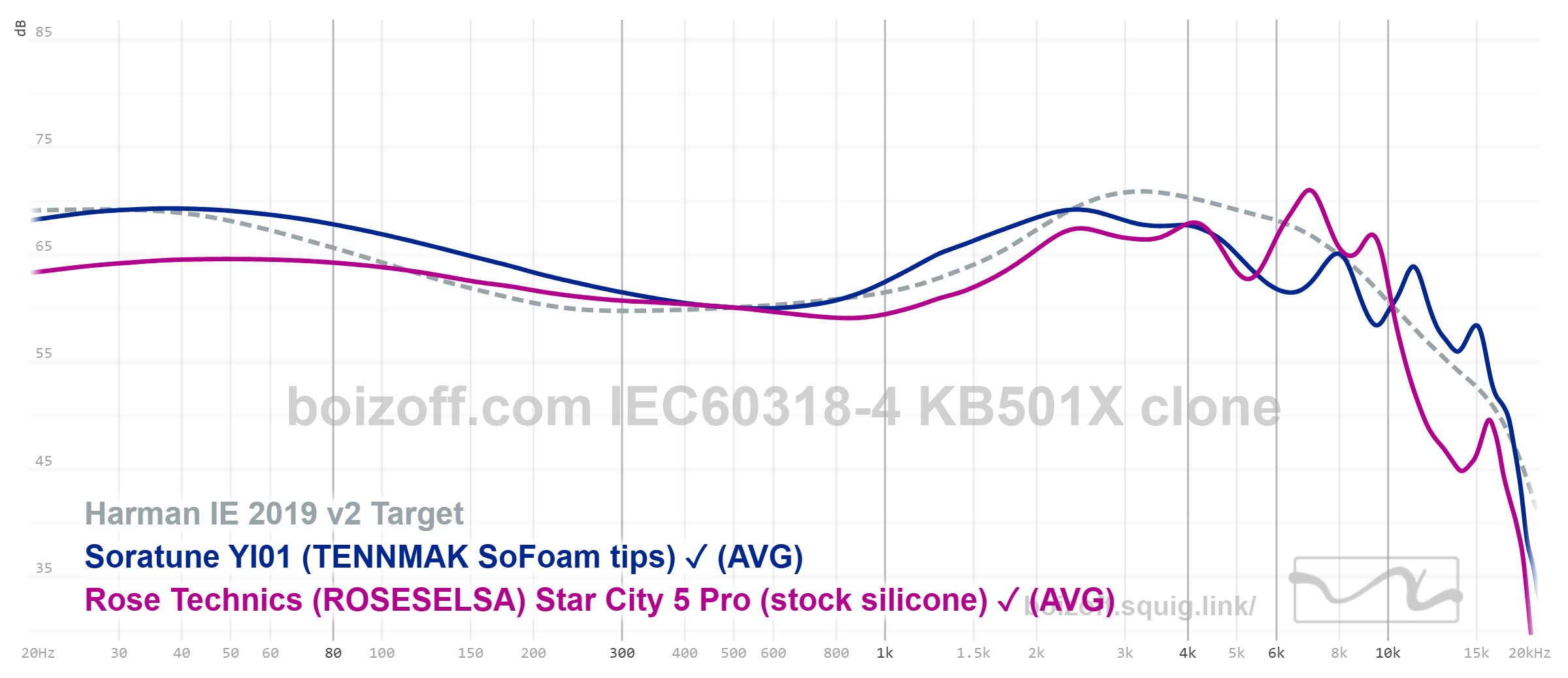
These are just two different universes: Star City 5 Pro are much more neutral, subjectively ‘detailed’ and generally reserved. They’re all about analysis, whereas YI01 are about painting the town red and carousing, metaphorically speaking.
Compared to TANGZU Wan’er SG that are three and a half times cheaper and very popular:
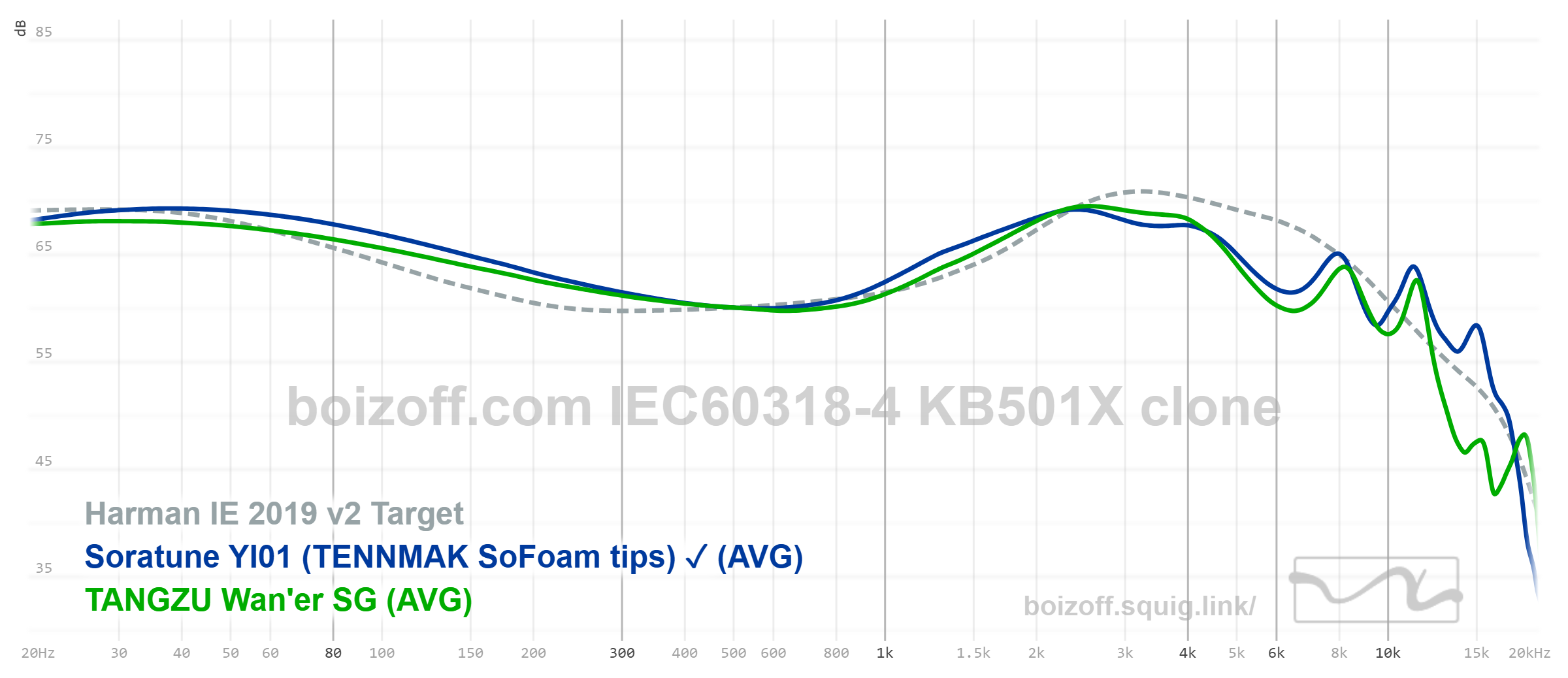
And this is perhaps the most interesting comparison: YI01 are Wan’er SG on steroids. YI01 kind of bring the ideas embedded in Wan’er SG to their logical conclusion: the middle is expressed a little better, ther’s not such a big dip at the 5-8 kHz segment, and the hole after 12 kHz is patched up. People often ask, “What should I switch from Wan’er to?” — well, switch to YI01, if you like this kind of sound delivery.
I’d also like to explain about the peak at 11.3 kHz, how big it is. Comparison with the popular Kefine KLEAN:
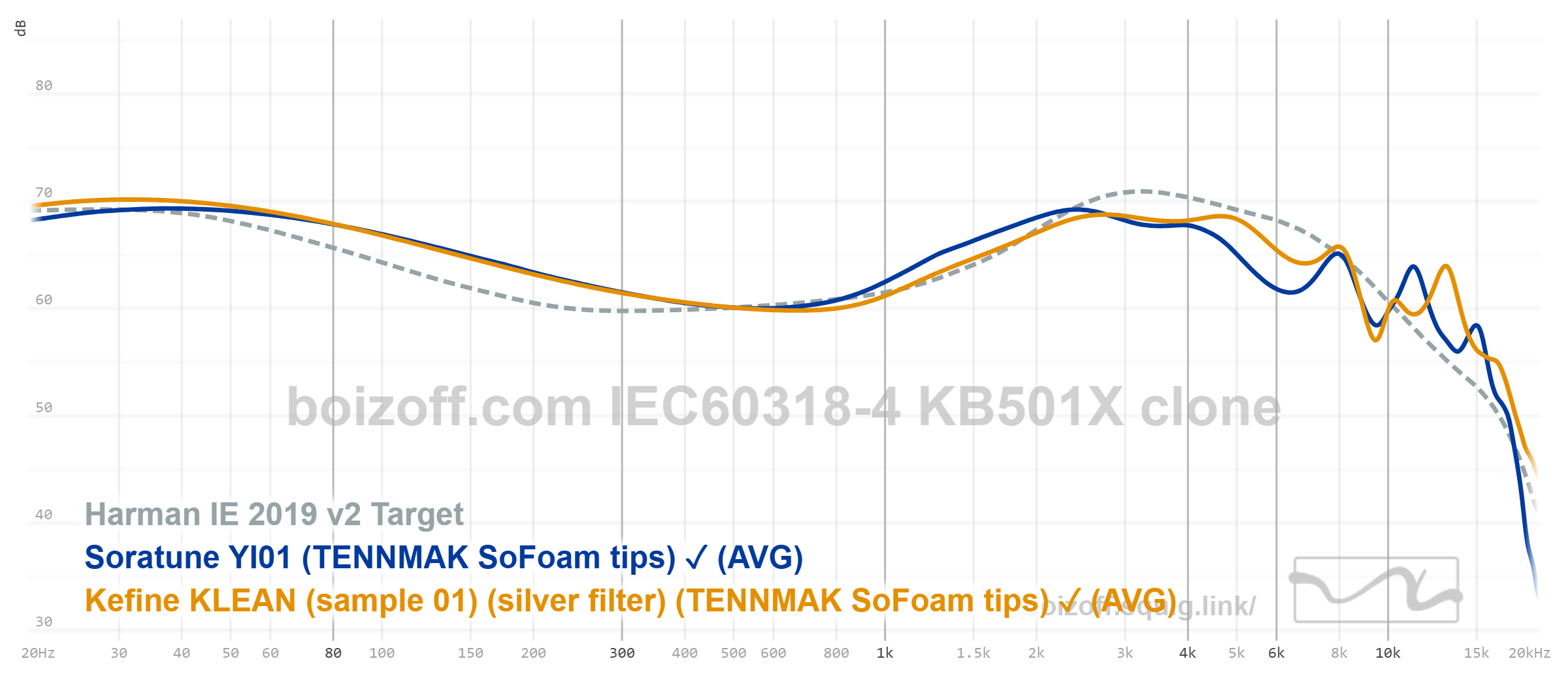
The same comparison, but normalized by the Harman curve (it’s taken as a conditional zero):
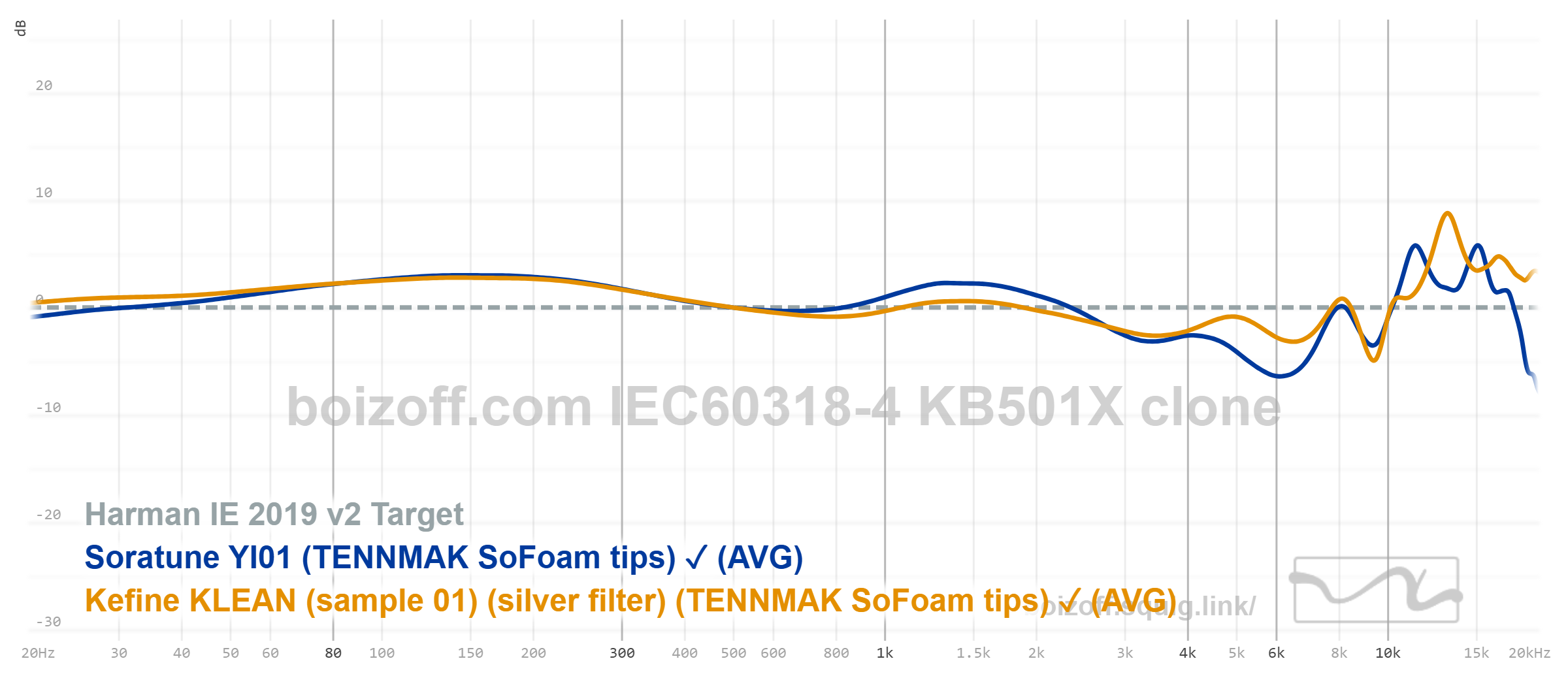
As for KLEAN, this accent is audible at 13.5 kHz, and it can be disturbing. YI01 have accents in this area, too, but they’re noticeably smaller and don’t irritate the ear at all.
The very last comparison is with Night Oblivion Butastur for $600 (00 setting):
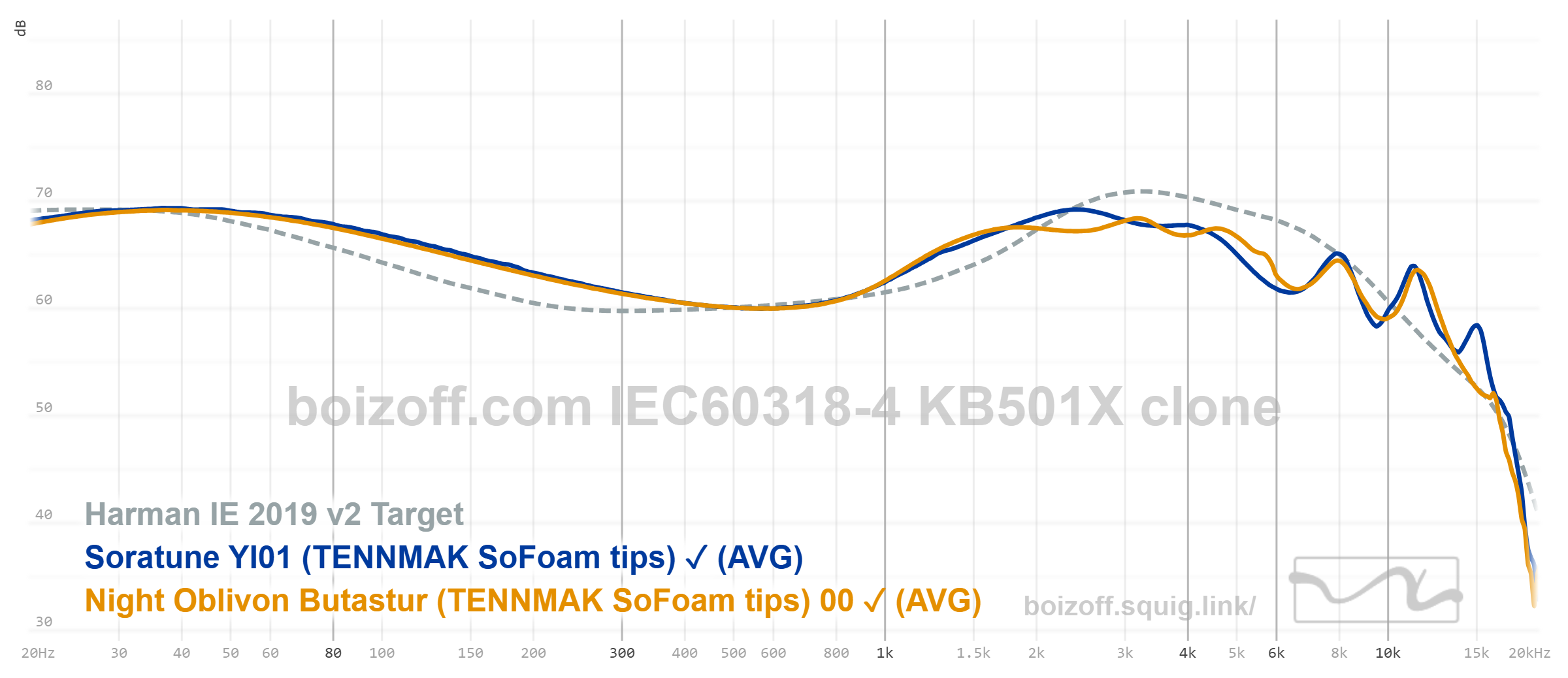
Summary
Let’s face it, this is an excellent job. YI01 are neatly made, look good, and fit in the ears quite well. Even though the cable and the eartips are not very interesting, this is also true of many more expensive models.
The main thing that YI01 can offer listeners is a very conscious sound delivery that will appeal to bass lovers. By doing so, no other aspects of the tonal balance and no other areas of the frequency range were left out in the cold as the middle and top of YI are just excellent.
These earphones won’t get into my rating — their sound is just too niche. But if you like such things, don’t hesitate to buy them.
And, well, it would be very interesting to see what Soratune can bring to the market in the price range of $150-200. It should become something really worthwhile.

